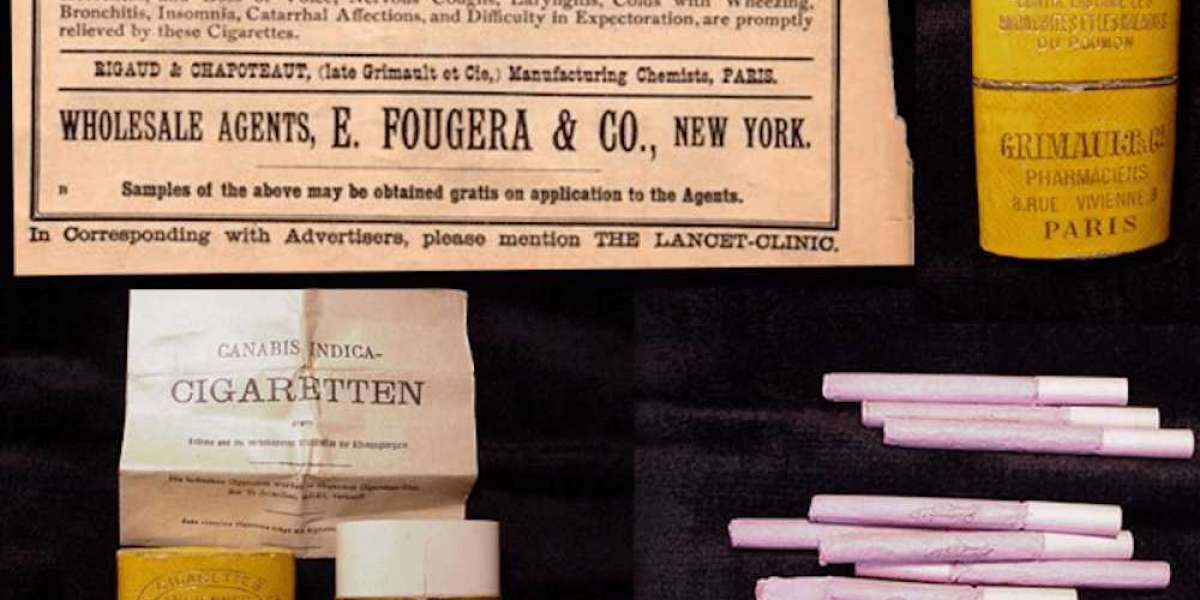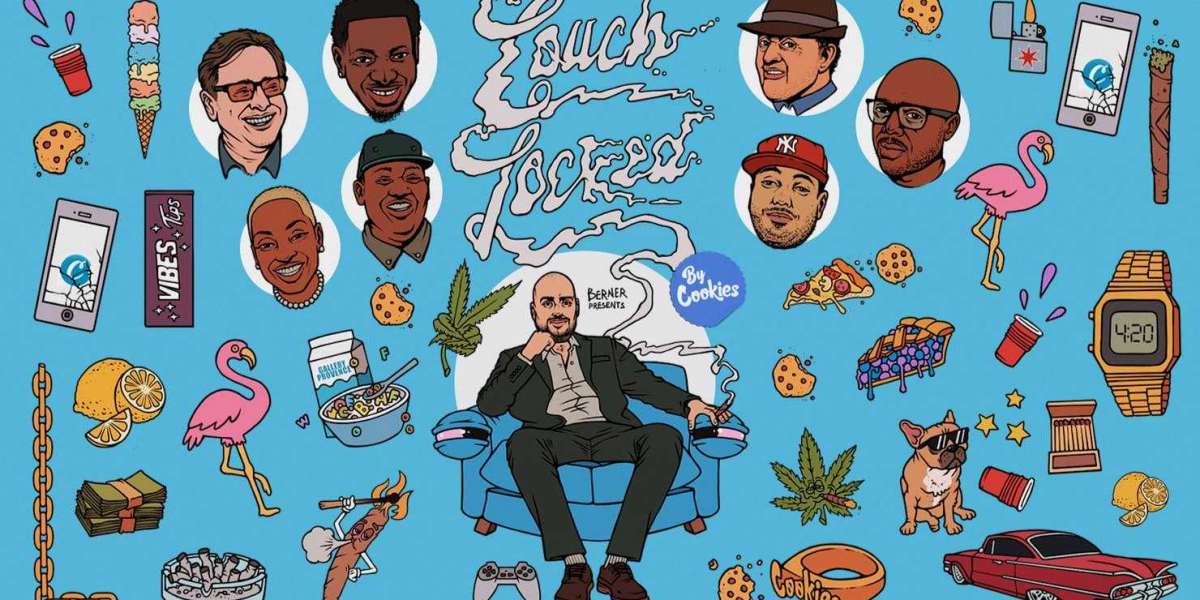The 1930s was a crucial decade for cannabis. Before the Marihuana Tax Act of 1937, cannabis was a widely used medicine. But after a national campaign to stigmatize and outlaw cannabis, medicinal use declined, and the herb’s reputation was tarnished. But a hundred years ago, weed was commonplace. Across the country, you could buy marijuana in drug stores as a liquid or as resin. The government did not regulate it, which meant that companies advertised marijuana-infused products as a treatment for a long list of conditions. Sometimes it worked, and sometimes it was a really bad idea. Look back on innovative ways that people used cannabis before it was illegal.
Marijuana as a Sedative

Need a narcotic, sedative or antispasmodic? Look no further than Eli Lilly and Company’s Cannabis Fluid Extract. This potion, labeled a poison because you should only take a drop, was 80 percent alcohol. By today’s standards, Lilly’s Cannabis Fluid Extract (1 fluid ounce total) is a tincture, just not one you’d see on the shelves.
Though we do not advise using any product resembling this, Eli Lilly’s understanding of medical marijuana as an “antispasmodic” isn’t too far off the mark. Today, medical marijuana is one of the only effective treatments for epilepsy or seizure-inducing autism.
Treatment for Hysterical Women
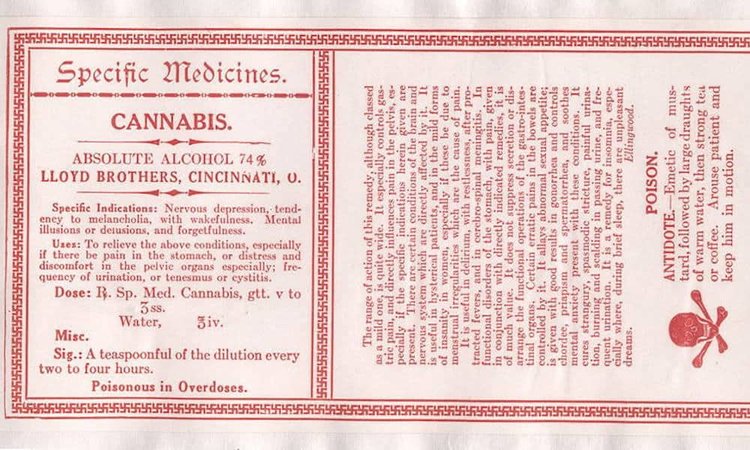
With a long list of uses, Lloyd Specific Medicine is pretty far from specific. This tincture was marketed as a cure for many things, most of which targeted women. It could ‘treat’ melancholia, PMS, stomach pain, nervous system issues, ‘nervous depression’ and any behavior for which a man would call a woman ‘crazy’. For instance, having an overactive sex drive could be cured with Lloyd Specific Medicine.
The bottle reads: “It is useful in hysterical patients, and in the mild forms of insanity in women, especially if these be due to menstrual irregularities which are the cause of pain.” The label adds, “It allays abnormal sexual appetite.”
For Asthma

Grimault Corporation manufactured what they called “Indian Cigarettes.” This product’s main objective was to treat asthma. Today, Israeli researchers have discovered that certain cannabinoids can reduce the inflammation symptomatic of asthma. Specifically, CBD in liquid form could treat asthma. This doesn’t mean that smoking marijuana when you’re having asthma is in any way a good idea. At the time, though, these cigarettes were a completely legal medicinal treatment.
To Treat Gonorrhea

Wm. S. Merrell, an Ohio-based chemical company, manufactured Indian Cannabis. They said that this tincture is both an anesthetic and a treatment for Gonorrhea. As far as we know, this is not true.
Wm. S. Merrell manufactured a whole line of what you could call medical marijuana products. One of them, Bromo-Chloral, mixed indica with licorice, orange peel, and chloral hydrate, a strong sedative and hypnotic drug that’s very difficult to get today.
As a Tool for Relaxation

Having a smoke sesh is by no means a modern innovation. Since the 19th century, urban creatives have taken part in these gatherings and received a lot of attention for it. Back in the 1840s, Balzac, Baudelaire, Dumas and other French intellectuals formed Le Club des Hashishins.
During the 1920s and 30s, people called them “Tea Pads.” In 1938, Meyer Berger, a New Yorker reporter, visited a Harlem tea pad. Berger describes the scene: “four rooms with nine couches set against the cracked, cream-colored walls, with a few limp easy chairs to handle the overflow.”
Music was often an important part of Tea Pad culture. Berger adds that the host was playing “weird ritualistic themes.” Additionally, many Tea Pads sprung out of Jazz culture, though they attracted a wide array of customers.
Marijuana’s connection with Jazz culture, and through African American communities, is one of the reasons why authorities outlawed it in the first place.
To Treat Bunions and Corns
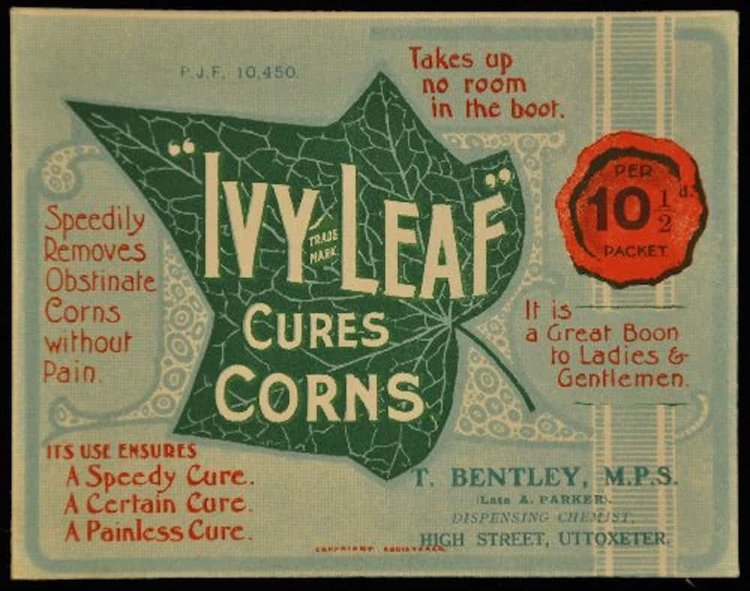
Not only was marijuana a typical treatment for bunions and corns, but at one point it was the most common. Antique Cannabis Book lists over 40 different corn removal brands that list cannabis as an ingredient.
Though there isn’t much research on cannabis for corns, we do know that marijuana is a potent anti-bacterial. For this reason, it can be a useful topical for external ailments like psoriasis and eczema, and, potentially, bunions and corns.
To Treat Urinary Infections
Until the Marihuana Tax Act of 1937, marijuana served as a catch-all remedy for a variety of ailments. A medication that could be used as a remedy for insomnia might also (supposedly) cure urinary infections.\\Advertisers said that most popular tinctures of the early 20th century cured urinary infections or urinary tract pain. People also used them to treat sexually transmitted diseases. Largely due to the Marihuana Tax Act, and following legislation that prevented research on marijuana, we still don’t know which cannabinoids are useful for which conditions.
Marijuana As Vintage Medicine
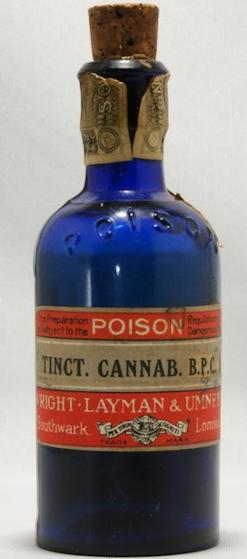
Before the government followed alcohol prohibition with marijuana prohibition, weed was a common medicine. Though some of these uses appear laughable, medical professionals are reclaiming some of these uses today.\\Perhaps it isn’t so ridiculous to think of cannabis as catch-all medicine for a variety of conditions. With the benefit of modern science, we can target what exactly in cannabis benefits each unique ailment.
Links: https://hightimes.com/culture/ways-people-used-cannabis-1930/
